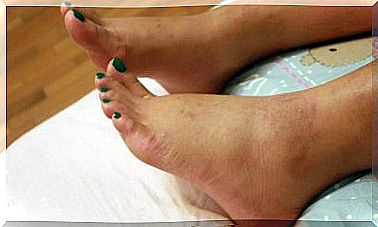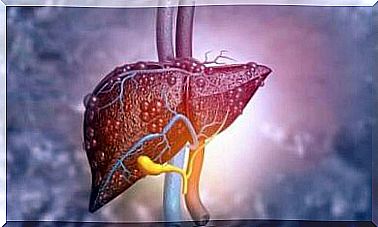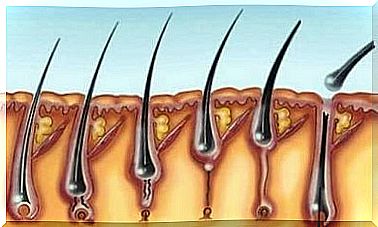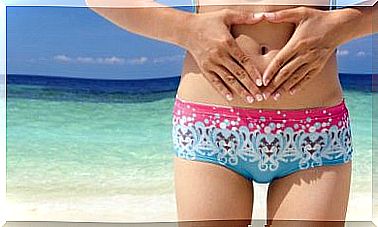High Intraocular Pressure: Causes And Treatment
High intraocular pressure is a dysfunction of the eye that increases the risk of glaucoma. In the worst case, this can lead to blindness. The problem is that it does not cause symptoms and is often recognized too late.
A high intraocular pressure is a dysfunction of the eye, increasing the risk of glaucoma. In the worst case, this can lead to blindness. The problem is that it does not cause symptoms and is often recognized too late.
Basically means a high intraocular pressure , that the pressure inside the eye is higher than normal. However, the possible consequences are unpredictable: some people never experience any sequelae, while in other cases vision is completely lost.
Another difficulty is that the majority of those affected are not aware of the increased intraocular pressure. It occurs without symptoms and can therefore often not be detected in time. It is therefore particularly important to have regular ophthalmological examinations carried out.
Some people are more likely to have this disorder than others. These include people with a family history of glaucoma, people over 40, people with hypertension, nearsighted people and people who have taken steroids for a long time.
Function of intraocular pressure
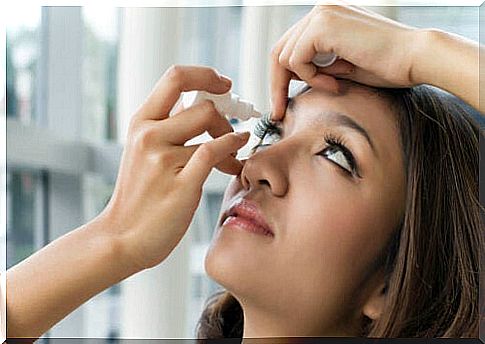
The eye has a certain amount of pressure inside, which is necessary for it to function properly and keep its shape. The so-called aqueous humor (humor aquosus) in turn, which is in the eye, is a substance that is largely responsible for the balance of this pressure. It supplies oxygen to the cornea and lens.
The aqueous humor is more precisely a clear liquid. If its amount is constant, the intraocular pressure is normal at the same time. However, if the aqueous humor increases or is not properly drained, the result is increased intraocular pressure. The optic nerve is squeezed, which may cause vision problems.
In these circumstances, the risk of glaucoma increases significantly. This is a serious eye condition also known as glaucoma that can cause vision loss. For this reason, it is important to detect high intraocular pressure as early as possible.
High intraocular pressure: lack of symptoms
As already mentioned at the beginning, one of the main problems of this dysfunction is that in the majority of cases it is accompanied by no symptoms. A high intraocular pressure can therefore only be determined through a professional examination. The so-called tonometer is used for this.
The tonometer measures the pressure associated with the eye fluids in millimeters of mercury (mmHg). If the value is between 11 and 22 mmHg, intraocular pressure is normal ; if the value is exceeded, however, it is increased.
High intraocular pressure: causes
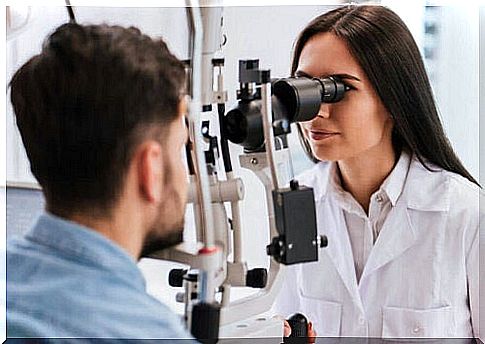
The main factors that cause increased intraocular pressure include the following:
- Excessive production of aqueous humor: The aqueous humor is created in the so-called ciliary body. If the amount produced is abnormal, the intraocular pressure increases.
- Insufficient drainage of the aqueous humor: The aqueous humor is drained through a structure known as the trabecular system. If this drainage is disturbed, the intraocular pressure increases as a consequence.
- Drug Action: Some drugs also cause eye dysfunction; especially those that contain steroids.
- Eye injuries: Eye injuries are often associated with an excessive production of aqueous humor or disrupt its outflow.
- Eye diseases: Above all, the pseudoexfoliation and pigment dispersion syndromes as well as the old man’s bow are common causes of increased intraocular pressure.
High intraocular pressure: treatment options
The treatment of increased intraocular pressure is carried out by means of drugs, laser therapies or surgical interventions. The attending physician decides which option is appropriate depending on the individual case. The most common alternatives include:
- Drugs to lower intraocular pressure: These reduce the production of aqueous humor and promote its outflow. They are prescribed as eye drops for regular use.
- Selective laser trabeculoplasty: This method is used with an argon laser in the trabecular system. It stimulates the outflow of aqueous humor.
- Transcleral cyclophotoagulation: A laser is also used here, but on the ciliary body. This allows the formation of aqueous humor to be limited.
- Deep sclerectomy: This perforation on the white part of the eye (sclera) simplifies the drainage of fluid.
- Iridoplasty: This type of treatment serves the same purpose as deep sclerectomy, but using an argon laser.
- Iridotomy: The outflow of aqueous humor can also be improved with a YAG or argon laser.
If you already have glaucoma, drainage devices, a goniotomy, a trabeculostomy with an excimer laser, or minimally invasive glaucoma surgery are common. The latter is also used in the case of high intraocular pressure.

